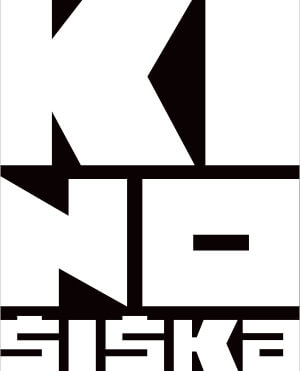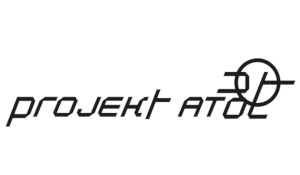In his monumental “Natural History,” Pliny the Elder refers to the mythical first artists as “inventores,” inventors of the arts of painting and sculpture. These “ur-artists” created new modes of being—the arts—which emerged through intellectual, emotional, and material experimentation: Kora of Sicyon invents painting by tracing the shadow of her lover; her father, Butades, invents sculpture by casting a mask off the traced shadow. The relationship between creativity and material concreteness joins forces in the invention of the arts. Similarly, works of art and technology can be approached through the conceptual framework of “inventiveness.” Invention is usually associated with technical and scientific development, which in turn is often presented as the linear progress of machines and media that build upon and improve on previous systems and technologies. Technical invention, however, can be understood more broadly as material experimentation that, depending on external circumstances, unfolds into media, artworks, useless tinkering, appliances, or useful machinery. The similarity between art making and invention is often framed through the concept of individual creation, which Simon Penny states are “at root, almost indistinguishable” (Penny 2008). Works of art and technology, often refer to as “(new) media art,” share many similarities with technoscientific inventions and prototypes. I argue that these works highlight the creative drive behind technical invention as well as the purported autonomy of machines and their relationship to labor. Invention-like artworks, understood as integral, wholesome devices, are different from technical systems, which propose networks of relationships instead of self-contained mechanical beings. By approaching media artworks through the lens of technological innovation and inventiveness, I argue that the processes of technical invention and artistic creation share roots that later become negotiated and stabilized into more solid categories of “technical device” and “artwork.”
Rodrigo is an art historian and musician researching the interaction between art, science, and technology. His current research explores the concept of invention and how it can be used to frame and understand contemporary artistic practices that engage with technoscience. He holds a master's degree in Art History from City College of the City University of New York (CUNY) and an Erasmus Mundus degree in Media Arts Cultures, a joint master's degree program coordinated by Donau Universität Krems, Austria. He has worked at institutions devoted to art and research in the United States, Europe, and Asia, including the New York Art Resources Consortium (NYARC), the Archive of Digital Art (ADA) in Austria, and the Asia Art Archive (AAA) in Hong Kong. Rodrigo has also curated and co-curated various exhibitions, including Guadalupe Maravilla: Armonía de la Esfera(Johnson Museum, Cornell University, 2024), I Thought I Knew (Syracuse University, 2023), Maro Pebo: The Death of a Naturalist (The Rest, Ithaca, NY, 2023), and I'm Always Here (Osage, Hong Kong, 2021).
Back








